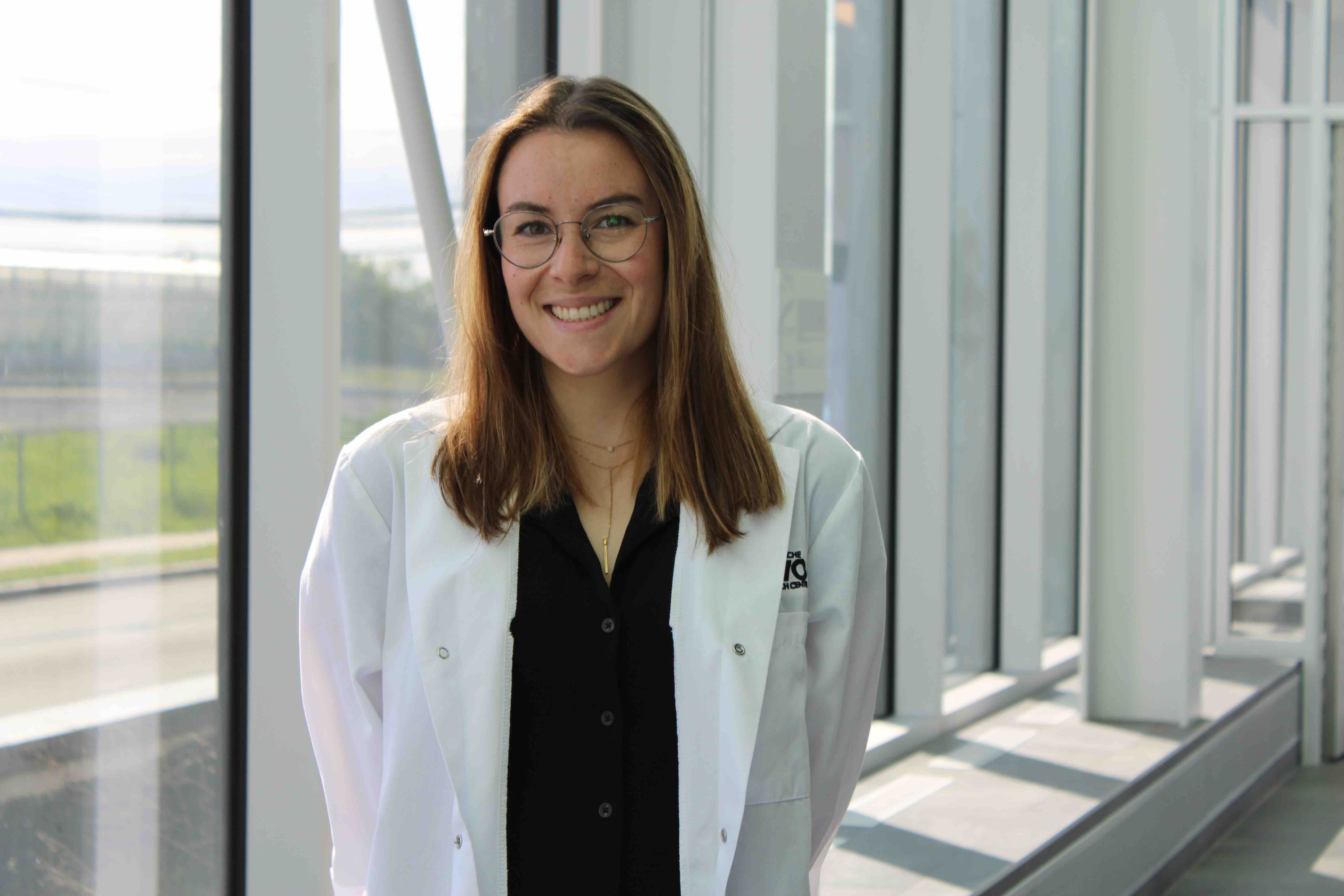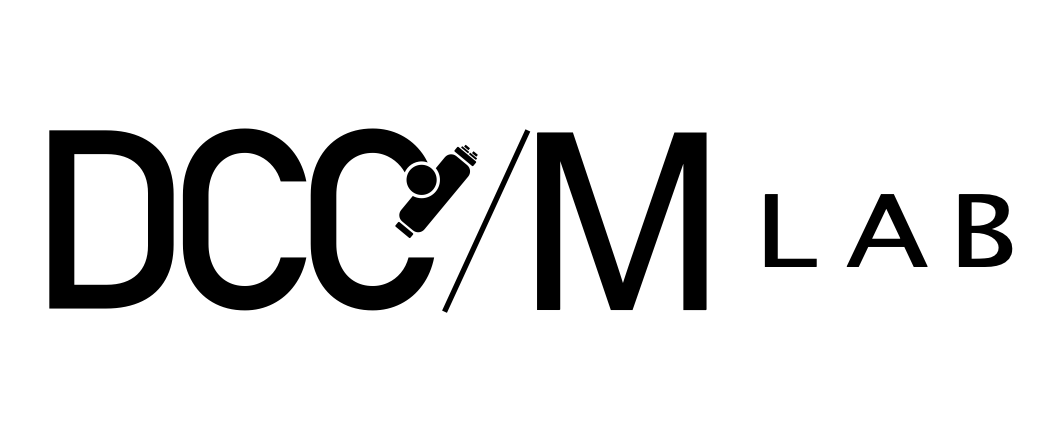Valérie Pineau Noël

Position: PhD student in Biophotonics, Laval University, Québec, Canada
Academia:
Bachelor’s degree in Biochemistry, Laval University, Québec, Canada
Master degree in Biophotonics, Laval University, Québec, Canada
Advisor: Prof. Daniel Côté
A multimodal microscopic approach to study the neuron-astrocyte network
The importance of the astrocytes is becoming a hot topic to better understand the development and the functionality of the brain. However, studies on astrocytes and their interaction with the neurons are limited. For example, no study focuses on the simultaneous activity of the astrocytes and the neurons and of their impact on behaviour. On one hand, imaging the astrocytes and neuronal activity simultaneously would be interesting to study to better understand how this astro-neuronal network is connected and synchronized. On the other hand, the synchronicity of the network can be greatly affected by the myelin thickness on the axons and the amount of neurotransmitters send in the synapses, which can modulate the speed and strength of the communication between neurons and astrocytes.
For my PhD project, I propose to develop optical tools to study the molecular and cellular aspects of the brain that would complete the information obtained from in vivo fluorescence imaging. The goal of this project is to develop and build a multimodal imaging technique that can image the astrocyte and neuronal activity while measuring the concentration and identifying the position of specific molecules. This way, the causal links between multiple aspects of the living can be addressed via diverse perspectives. The fluorescence information can be obtained with a fluorescence imaging technique, while the detection and measurement of specific molecules can be done with coherent anti-Stokes Raman scattering (CARS) microscopy.
For my PhD project, I propose to develop optical tools to study the molecular and cellular aspects of the brain that would complete the information obtained from in vivo fluorescence imaging. The goal of this project is to develop and build a multimodal imaging technique that can image the astrocyte and neuronal activity while measuring the concentration and identifying the position of specific molecules. This way, the causal links between multiple aspects of the living can be addressed via diverse perspectives. The fluorescence information can be obtained with a fluorescence imaging technique, while the detection and measurement of specific molecules can be done with coherent anti-Stokes Raman scattering (CARS) microscopy.
Biography
Valérie was born in Winnipeg, CA, but moved in the province of Québec when she was five. Biology and chemistry were both disciplines of great interest for her early in her studies. Optical physics rather started to intrigue her more a bit later during college. She started a baccalaureate degree in Biochemistry at Laval University in fall 2016 and found out that it was neither biology nor physics that captivates her the most, but the combination of both fields. Therefore, she decided to focus more on biophysics, improving her understanding of optics in biological contexts. It is during her 2018 summer intership in the DCCLab that she discovered a strong interest in developing and designing new imaging techniques to study the brain. Valérie adores working in driving and social environments like Daniel Côté’s lab, which fits her persistent and dynamic traits. Dancing, swimming, drawing and science popularization are also some of her interests and hobbies.
